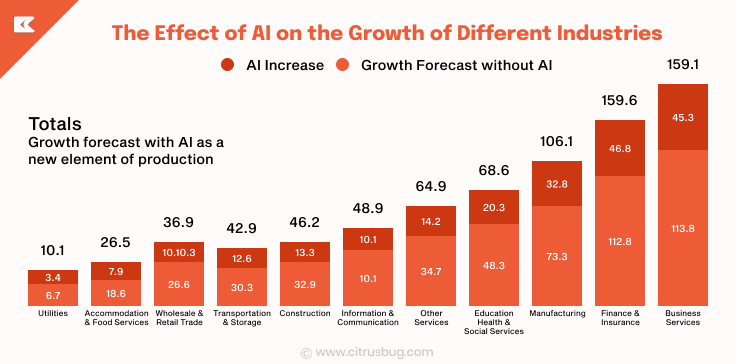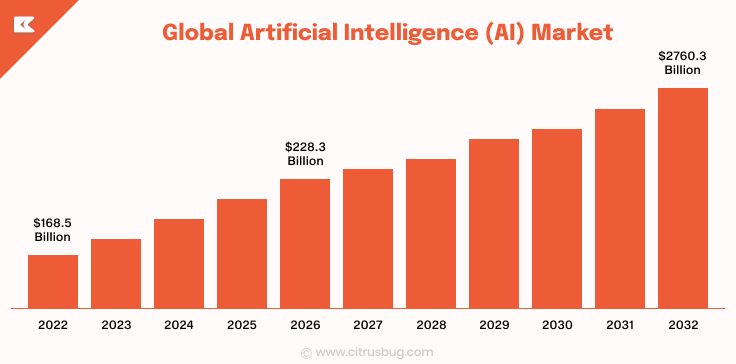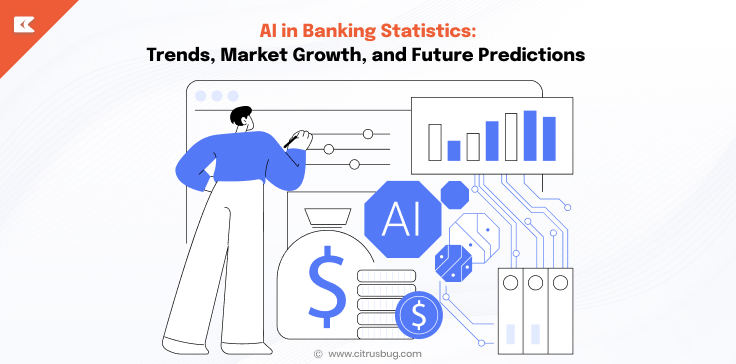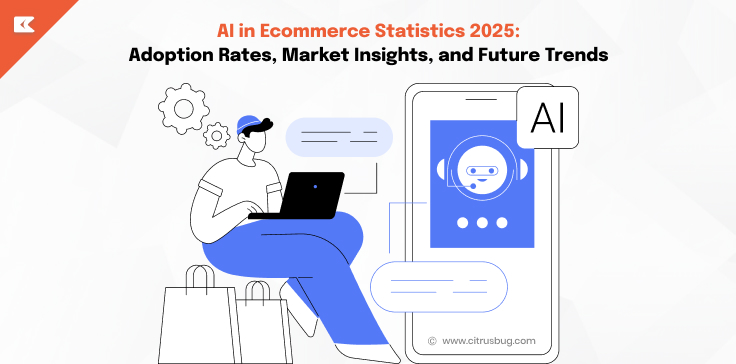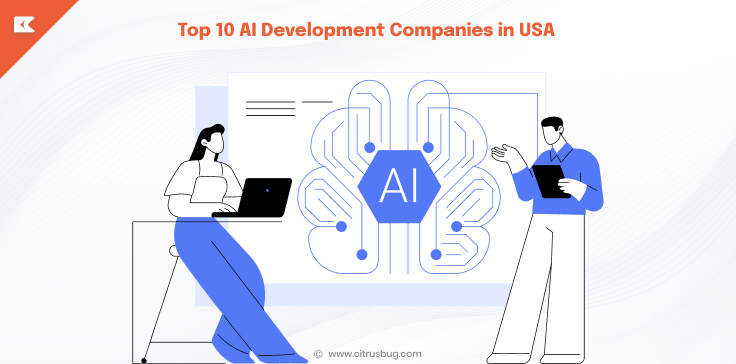AI Automation in Business: Use Cases Across Industries
- May 20, 2025
-
1730 Views
- by Ishan Vyas
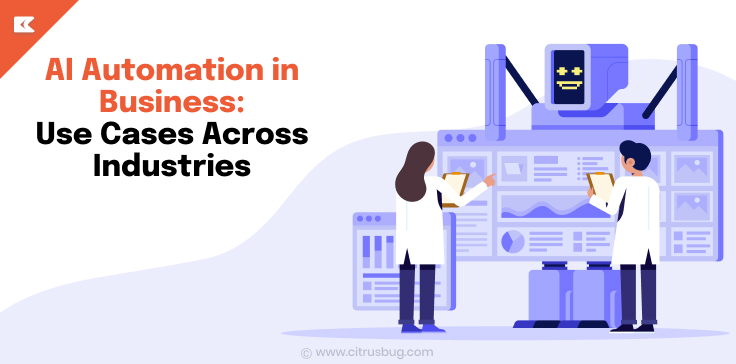
What if your workflows ran themselves?
Yes, AI is making it possible. From analyzing large datasets and adapting to new market trends to predicting future outcomes, AI has revolutionized how businesses carry out their daily operations.
Some industries where AI automation is prevalent are healthcare, finance, manufacturing, e-commerce, and logistics. With AI, business professionals can generate 59% more documents every hour, avoid human errors, and increase productivity.
As business environments become global and acquire large workforces, automation continues to play a vital role in streamlining workflows and increasing overall business efficiency.
In this article, I discuss the benefits, challenges, use cases, and the future of AI automation in business.
Benefits of AI Across Industries
74% of organizations struggle to achieve their full scalability potential. By integrating AI into business operations, companies can automate routine tasks and fast-track task completion.
Since traditional methods fall behind, the latest technology advancements focus on promoting an AI-human relationship. The key benefits of AI include:
-
Personalization
Using machine learning (ML), AI analyzes historical reports, customer behavior, engagement trends, and individual preferences to offer personalized paths to its users.
For example, in the healthcare industry, AI examines medical reports and patient data to provide tailored treatment plans. It also automates reminders for routine check-ups and drug tests.
-
Predictive analysis
AI leverages big data to analyze vast datasets and past campaigns. This analysis helps AI to predict unplanned downtimes, market failures, reduced engagement, and turnover rates.
For example, AI monitors the performance of machines, products, and services to predict equipment failures in the manufacturing industry. Based on the prediction, manufacturers prepare for maintenance and machine upgrades. AI further detects product errors and optimizes the production process to ensure top-notch quality.
-
Smart automation
AI is capable of responding to unexpected situations and automating solutions in real time. This involves employing sensors and advanced analytics to ensure seamless operations. Smart automation reduces labor dependency by increasing productivity through efficient resource allocation.
For example, the transportation industry leverages AI to develop autonomous vehicles (AVs), intelligent transportation services (ITS), and smart traffic management (STM) systems. These systems sense the environment to navigate complex routes and reduce traffic, thereby providing real-time assistance to drivers.
In retail and logistics, automation extends to customer interaction and inventory tracking. QR codes—often generated dynamically through AI-enabled systems—connect physical products to digital systems. An AI-powered QR code generator, for instance, can automatically create unique codes based on inventory movement or user behavior, streamlining processes like automated checkout, shipment tracking, and contactless access.
-
24/7 Reliability
AI-powered chatbots and virtual assistants offer chat support 24/7. These bots not only solve queries but also monitor users’ activity. It further integrates with CRM software to make necessary adjustments to a user’s dashboard. For those interested in leveraging this technology, learning how to make an AI chatbot can provide valuable skills to enhance customer engagement and support.
For example, machine learning algorithms identify unusual usage patterns to detect fraud in the finance industry. Financial institutions leverage AI to assess market risks, finalize investment strategies, and break down complex datasets.
These are the key benefits of AI across various industries. Now, let’s move to the use cases of AI in specific industries.
Industry-Specific Use Cases
Two-thirds of world leaders say that AI automation has improved the revenue growth rate by more than 25%. This shows the positive impact of AI automation in business across multiple industries.
Vineet Gupta, the founder of 2xSaS, says,
“Embracing tools & technologies to improve employee efficiency isn’t just about staying competitive. It is about empowering your employees to reach their full potential and drive unprecedented innovation.”
Here are some major industry-specific use cases of AI:
1. Healthcare
Medical diagnosis: AI interprets X-rays, CT scans, and EHR reports to identify underlying major health issues. This increases the accuracy of diagnosis and reduces the risk of fatal health conditions.
Customized treatment: Based on historical health reports and genomic data, AI customizes treatment plans that cater to a patient’s lifestyle, medical history, and potential side effects. Along with that, healthcare automation solutions also support clinicians by automating updates and routine medication tracking.
Decision-making: Using deep learning, AI scrutinizes trends in healthcare, lab findings, and medical images. The advanced algorithms adapt to new findings and suggest optimal recovery strategies to yield better healthcare outcomes.
2. Education
Personalized learning: AI customizes learning models to adapt to each student’s educational needs and preferences. The advanced algorithms track performance data to identify learning styles and engagement patterns.
Automated feedback: The machine learning algorithms provide real-time feedback to students regarding their grammar, sentence formations, vocabulary, etc. This makes learning more interactive and engaging.
Predictive analytics: Based on the progress report, AI predicts the probability of a student dropping out or failing in exams. These predictive learning outcomes suggest necessary adjustments in educational modules to refine teaching strategies.
3. Logistics
Warehouse optimization: AI ensures optimal use of storage space by analyzing inventory data and product demand. Advanced algorithms also predict market demand and weather patterns to ensure ideal stock levels and minimum stockouts, leading to efficient inventory management.
Monitoring orders: AI tools offer real-time tracking and route monitoring to alert logistics about delays. It further optimizes delivery routes by identifying traffic patterns to minimize delivery times and improve customer satisfaction.
Customer service: AI-powered chatbots and virtual assistants can enhance employee efficiency by 70%. They also automate repetitive tasks, answer common queries, and segment customers based on priority levels.
4. Manufacturing
Anomaly detection: AI uses advanced technologies to automate product inspection. It features visual inspection and sensors to identify defects and flaws. This minimizes waste, speeds up manufacturing, and improves product quality.
Maintenance: The machine learning algorithms monitor the production process, labor efficiency, and dispatch rates. By leveraging the manufacturing data, AI predicts downtimes and low production rates to schedule maintenance.
For example, Siemens integrates AI into its response management system to promote predictive maintenance. This helps them handle unplanned machine burnout and ensure seamless production.
Brainstorm design: AI adapts to the latest manufacturing trends and offers a variety of product designs to choose from. It further summarizes the required raw materials, tools, investments, and labor force.
5. E-commerce
Personalized shopping: AI analyzes the browsing history, purchasing behavior, and buyer’s intent to understand individual preferences. Based on the preferences, AI recommends products, customizes offers, and automates new collection updates. Incorporating a digital catalog into this process allows retailers to showcase personalized product selections in an interactive, visually engaging format, further enhancing the shopping experience and increasing sales. This personalizes the shopping experience and increases sales.
Segmentation: AI goes beyond traditional factors to examine customer behavior and demographics. The algorithm identifies similar patterns in historical and current datasets to segment customers accordingly, assigning priority levels to distinct groups so sales executives can address queries in an optimized way for your dropshipping business.
This also assigns a priority level to distinct customer groups, which helps sales executives address customer queries in an optimized way.
Optimized pricing: AI algorithms analyze changes in market conditions, pricing, and consumer demand to determine pricing modifications. This leads to a proactive response to economic shifts in the market, maximizing profits.
6. Recruitment
Candidate screening: Whether you’re recruiting in the Texas job market, California, or another popular state, AI leverages advanced algorithms to automate resume screening and candidate evaluations. It analyzes skills, experience, and behavioral traits to identify top applicants. This reduces hiring bias, shortens the recruitment cycle, and ensures better role fit.
Interview scheduling: AI tools monitor candidate availability, recruiter calendars, and time zone differences. By utilizing real-time data, AI automatically schedules interviews, sends reminders, and reschedules when needed, improving the candidate experience and saving recruiters valuable time.
For example, companies use AI-driven assessments and automated scheduling systems to streamline early-stage hiring, enabling faster and more objective talent acquisition.
Challenges and Considerations for AI Automation Implementation
Integration of AI automation in business seems fancy, but you must consider key factors and be ready to face challenges. Here are some common challenges and considerations for AI implementation:
Challenges
- Unclear objectives: Without clearly defining your goals, you are likely to waste resources and incur losses.
- Budget constraints: Not setting a budget can surprise you with unexpected costs, forcing you to stop AI projects mid-way.
- Skill gaps: Operating AI-led tools requires expertise and a tech-savvy workforce. If employees don’t upskill, AI integration would be of no use.
- Data analytics issue: AI analyzes vast datasets with structured data. Common challenges include:
-
- Inconsistent datasets
- Compliance issues
- Centralizing and governing data
- Data integration, when done manually
- Resistance to change: Traditional employees might not accept AI-driven processes because they fear losing their jobs to technological advancements.
Considerations
- Clear strategy: Align projects with specific business outcomes and engage stakeholders early to ensure relevance and buy-in.
- Start small: Start by testing AI programs in your system to automate the workflow. Plan on large-scale implementation only after you realize its value.
- Training programs: Introduce comprehensive training programs by partnering with technological institutions to bridge skill gaps.
- Compliance: Audit AI systems and prevent bias to ensure compliance with the law. This promotes a transparent decision-making process.
- Reduce resistance: Share success stories and testimonials with your employees to reduce resistance and foster a better AI-human relationship.
The Future of AI Automation in Business
The global AI market is projected to reach $228.3 billion by 2026. The future of AI automation looks promising across industries.
AI will offer hyper-automation, a combination of the latest algorithms, machine learning, and robotic process automation (RPA) to automate an entire business workflow. This includes leveraging natural language processing (NLP) and deep learning to empower data-driven business decisions.
In addition, e-commerce enterprises understand that AI shortens sales cycles and makes outreach campaigns more effective by increasing conversion rates. Customers keep coming back to engage deeply for a hyper-personalized shopping experience.
Therefore, rather than replacing humans, AI is expected to augment their roles by automating repetitive tasks. This shift will allow employees to focus on high-value activities requiring creativity and strategic thinking.
Have You Implemented AI Automation in Your Business Yet?
If not, now is the right time.
AI is no longer just a means to get a competitive edge, it has become a technological necessity today. Customers and users prefer platforms offering AI software development solutions because they foster a transparent process across industries.
Whether you are a beginner or have just started to integrate AI, now is the time to embrace automation and harness the full potential of your business. Depending on your industry, the major use cases of AI automation outlined in this post will inevitably help you gain a better understanding of this technology and how best you can capitalize on it.
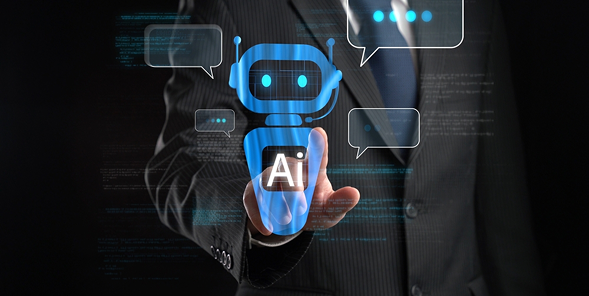
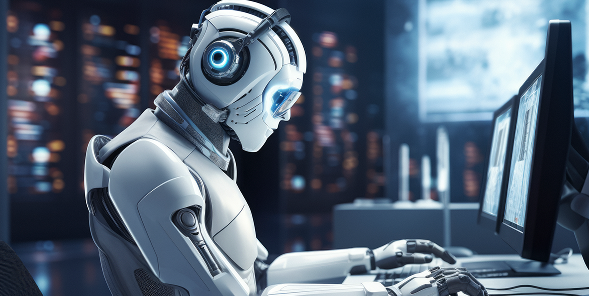
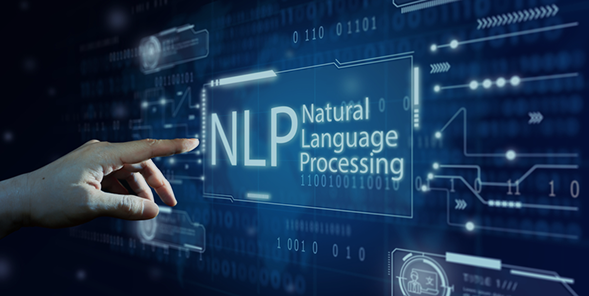
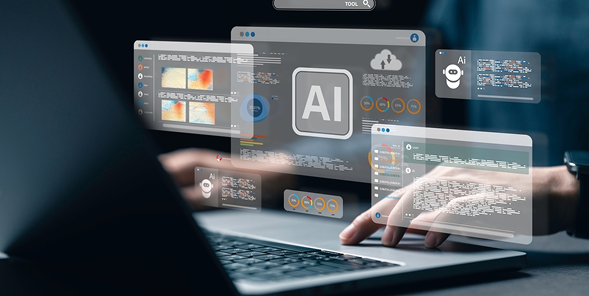

 SaaS Development
SaaS Development Web Application Development
Web Application Development Mobile Application Development
Mobile Application Development Custom Software Development
Custom Software Development Cloud Development
Cloud Development DevOps Development
DevOps Development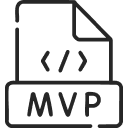 MVP Development
MVP Development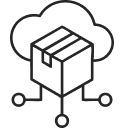 Digital Product Development
Digital Product Development Hire Chatbot Developers
Hire Chatbot Developers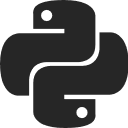 Hire Python Developers
Hire Python Developers Hire Django Developers
Hire Django Developers Hire ReactJS Developers
Hire ReactJS Developers Hire AngularJS Developers
Hire AngularJS Developers Hire VueJS Developers
Hire VueJS Developers Hire Full Stack Developers
Hire Full Stack Developers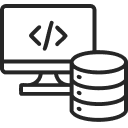 Hire Back End Developers
Hire Back End Developers Hire Front End Developers
Hire Front End Developers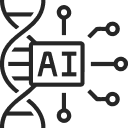 AI Healthcare Software Development & Consulting
AI Healthcare Software Development & Consulting Healthcare App Development
Healthcare App Development EHR Software Development
EHR Software Development Healthcare AI Chatbot Development
Healthcare AI Chatbot Development Telemedicine App Development Company
Telemedicine App Development Company Medical Billing Software Development
Medical Billing Software Development Fitness App Development
Fitness App Development RPM Software Development
RPM Software Development Medicine Delivery App Development
Medicine Delivery App Development Medical Device Software Development
Medical Device Software Development Patient Engagement Software Solutions
Patient Engagement Software Solutions Mental Health App Development
Mental Health App Development Healthcare IT Consulting
Healthcare IT Consulting Healthcare CRM Software Development
Healthcare CRM Software Development Healthcare IT Managed Services
Healthcare IT Managed Services Healthcare Software Testing services
Healthcare Software Testing services Medical Practice Management Software
Medical Practice Management Software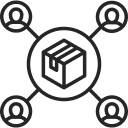 Outsourcing Healthcare IT Services
Outsourcing Healthcare IT Services IoT Solutions for Healthcare
IoT Solutions for Healthcare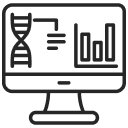 Medical Image Analysis Software Development Services
Medical Image Analysis Software Development Services Lending Software Development Services
Lending Software Development Services Payment Gateway Software Development
Payment Gateway Software Development Accounting Software Development
Accounting Software Development AI-Driven Banking App Development
AI-Driven Banking App Development Insurance Software Development
Insurance Software Development Finance Software Development
Finance Software Development Loan Management Software Development
Loan Management Software Development Decentralized Finance Development Services
Decentralized Finance Development Services eWallet App Development
eWallet App Development Payment App Development
Payment App Development Money Transfer App Development
Money Transfer App Development Mortgage Software Development
Mortgage Software Development Insurance Fraud Detection Software Development
Insurance Fraud Detection Software Development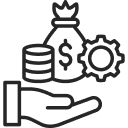 Wealth Management Software Development
Wealth Management Software Development Cryptocurrency Exchange Platform Development
Cryptocurrency Exchange Platform Development Neobank App Development
Neobank App Development Stock Trading App Development
Stock Trading App Development AML software Development
AML software Development Web3 Wallet Development
Web3 Wallet Development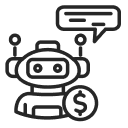 Robo-Advisor App Development
Robo-Advisor App Development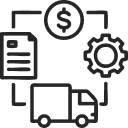 Supply Chain Management Software Development
Supply Chain Management Software Development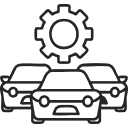 Fleet Management Software Development
Fleet Management Software Development Warehouse Management Software Development
Warehouse Management Software Development LMS Development
LMS Development Education App Development
Education App Development Inventory Management Software Development
Inventory Management Software Development Property Management Software Development
Property Management Software Development Real Estate CRM Software Development
Real Estate CRM Software Development Real Estate Document Management Software
Real Estate Document Management Software Construction App Development
Construction App Development Construction ERP Software Development
Construction ERP Software Development





